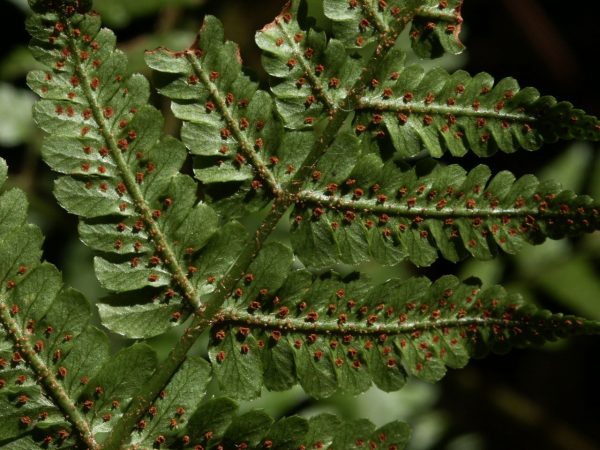Soil Testing – Why
Once upon a time, farmers tested their soil by tasting it. Cupping a handful in front of their face, they would inhale its aroma and tentatively touch the dirt with their tongue. “Time to spread some lime and gu-anner” they’d mutter. “Can’t make a crop with soil this weak.”
A hundred years later, a gardener in Marietta is faced with the same situation. She writes: “I recently bought a test kit to analyze the soil in my garden. I have not been getting the best results growing vegetables in the past couple of years. Each year I add some cow manure compost, soil conditioner and sand. When I started out, the plot was pure clay; now it is much more suitable for growing things.”
“The results from my test indicated normal levels for pH, phosphorus and potassium. The nitrogen level however, was very low. What steps do you recommend to raise the amount of nitrogen in my soil to an acceptable level? I didn’t want to add a general fertilizer because the other nutrient levels are all normal.”
I complimented her on attacking her situation in the correct order. She made sure her clay soil was improved first, then tested it to make sure it had enough nutrients for her plants.
Plants need many chemical elements but nitrogen, phosphorus and potassium are needed in the greatest amounts. That’s why their concentration is prominently listed on fertilizer bags (i.e. 5-10-15).
The problem with testing soil for nitrogen is that the chemical is so changeable. It evaporates readily in one form and it easily forms many different compounds with other chemicals. A simple chemical test can’t identify and measure all of the nitrogenous compounds in soil. Store-bought test kits content themselves with measuring the amount of immediately available nitrogen, even though those levels fluctuate during the year. Linda might have gotten a different test result in mid-summer, when soil organisms are releasing nitrogen more abundantly.
To make sure there is plenty of nitrogen available to their plants, most gardeners add this nutrient to the soil each year. The nitrogen can come from a synthetic source (like 10-10-10 or 33-0-0) or it can come from organic sources (like manure, compost or blood meal). The plants don’t really care where the nitrogen comes from – they just want to be fed while they grow rapidly (like some teenagers I know).
Gardeners can buy inexpensive soil test kits or they can use the University of Georgia Soils Test Lab, through their local Extension office (call 404-897-6261). In either case, collecting a representative soil sample is key. The only tools needed are a clean trowel and a plastic bucket. Scoop a deep slice of soil from ten randomly selected spots in your lawn or garden. Mix the soil and remove twigs, rocks and grass. A pint of the mixed soil is all that’s needed to test at home or in a lab.
I advised the gardener that she could add nitrogen by using any of the fertilizers noted above. Most fertilizer products have general application rates on the bag. Her plants won’t care if they have extra phosphorus or potassium. Neither are toxic except in vastly excessive amounts.
Adding the correct amount of fertilizer to a landscape can make a huge difference – you just have to accurately determine how much to apply. Although we might long for “the good ol’ days” in some aspects of gardening, it isn’t necessary to sport a dirt moustache to test soil properly each year.
MORE INFORMATION
Soil testing www.ces.uga.edu/pubcd/L387-w.htm
Using Organic Fertilizers www.ces.uga.edu/pubcd/C853.htm













